Are you looking for a sustainable and effective way to care for your houseplants? Learning how to use coco coir for houseplants could be the perfect solution. Coco coir, a natural fiber derived from coconut husks, offers numerous benefits as a growing medium. It provides excellent drainage, aeration, and moisture retention, making it an ideal choice for nurturing healthy and thriving plants. In this guide, we’ll explore the advantages of coco coir and offer practical tips on how to incorporate it into your plant care routine.
Contents [hide]
1. What is coco coir? is coco coir good for plants?
Coco coir is a natural fiber extracted from the husks of coconuts. It’s a byproduct of the coconut industry and is known for its sustainable and eco-friendly properties. This fibrous material is processed into various forms, including bricks, blocks, and loose substrate, making it a versatile option for gardening.
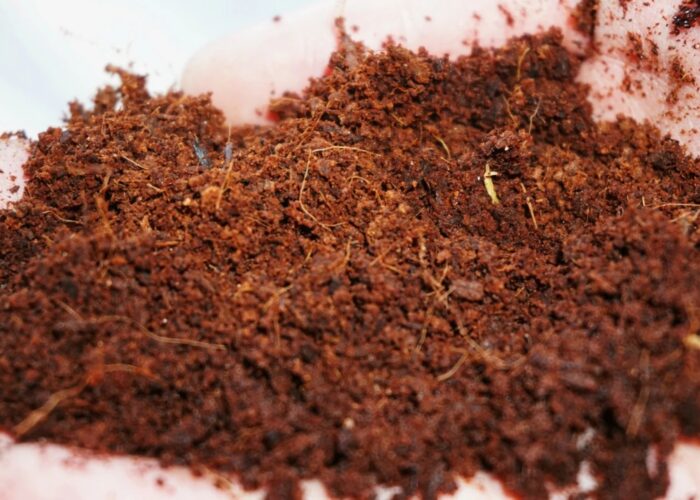
Is coco coir good for plants? Yes, coco coir is highly beneficial for plants. It offers several advantages as a growing medium:
- Excellent Drainage and Aeration: Coco coir has a unique structure that provides good air circulation and drainage, reducing the risk of root rot and promoting healthy root development.
- Moisture Retention: It can retain moisture effectively while allowing excess water to drain away, ensuring that plants receive a consistent supply of water without becoming waterlogged.
- pH Neutral: Coco coir has a neutral pH level, which helps maintain a stable environment for plant roots and makes it suitable for a wide range of plants.
- Sustainable and Renewable: Unlike peat moss, which depletes bogs and is less sustainable, coco coir is a renewable resource and helps reduce waste from coconut processing.
- Nutrient-Rich: While coco coir itself doesn’t provide significant nutrients, it can be mixed with compost or fertilizers to create a nutrient-rich growing medium.
Overall, coco coir is a reliable and environmentally friendly choice for both novice and experienced gardeners, supporting robust plant growth and health.
2. Benefits of coco coir for houseplants
Coco coir offers numerous advantages as a growing medium for houseplants, making it a popular choice among gardeners. Here are some key benefits:
- Excellent Drainage and Aeration: Coco coir provides superior drainage and aeration, which helps prevent root rot and promotes healthy root growth. Its fibrous structure allows air to circulate around the roots, ensuring they receive adequate oxygen.
- Effective Moisture Retention: It retains moisture well while allowing excess water to drain away, creating a balanced environment for plants. This helps maintain consistent soil moisture levels, reducing the risk of overwatering or underwatering.
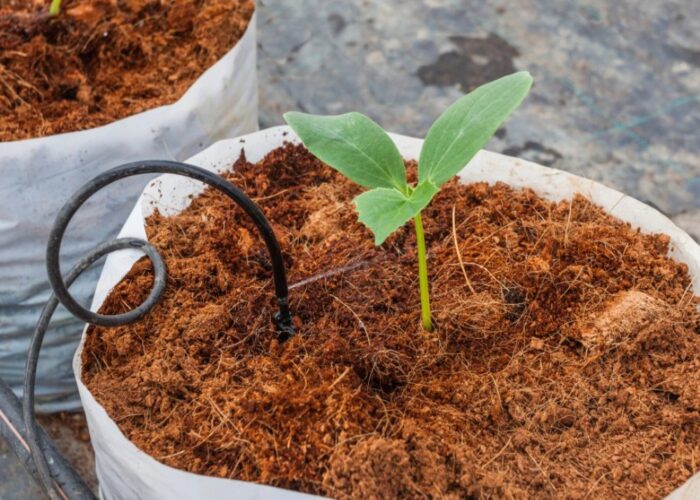
- pH Neutrality: Coco coir has a neutral pH, which supports a stable growing environment for a variety of houseplants. This neutrality helps plants efficiently absorb nutrients from the soil.
- Sustainability: As a byproduct of the coconut industry, coco coir is a renewable and eco-friendly resource. It helps reduce waste and is a more sustainable alternative to peat moss.
- Low Risk of Pests and Diseases: Coco coir is less likely to harbor pests and diseases compared to other growing mediums, contributing to a healthier plant environment.
What Houseplants Like Coco Coir? Many houseplants thrive in coco coir due to its beneficial properties. Some plants that particularly enjoy coco coir include:
- Fern Varieties: Ferns, such as Boston ferns and maidenhair ferns, benefit from the moisture retention and aeration that coco coir provides.
- Orchids: Orchids often prefer well-draining media, making coco coir an excellent choice for these delicate plants.
- Succulents and Cacti: While these plants generally require well-draining soil, coco coir mixed with sand or perlite creates an ideal environment for their growth.
- Pothos and Philodendrons: These popular houseplants thrive in the balanced moisture levels and aeration offered by coco coir.
- Spider Plants: Spider plants enjoy the consistent moisture retention of coco coir, which helps them grow lush and healthy.
Overall, coco coir is a versatile and beneficial medium for a wide range of houseplants, supporting their growth and overall health.
3. How to use coco coir for houseplants?
Using coco coir for houseplants is a straightforward process that can enhance your plant care routine. Here’s a step-by-step guide on how to effectively use coco coir for your houseplants:
3.1 Preparation of Coco Coir
Start by hydrating it if it comes in compressed bricks or blocks. Place the coir in a large container and add water, allowing it to soak for about 30 minutes to an hour until it expands and becomes fluffy. Once hydrated, break apart the coir to ensure it is evenly loosened. For improved drainage and aeration, you can mix it with other mediums like perlite or vermiculite, depending on the specific needs of your plants.
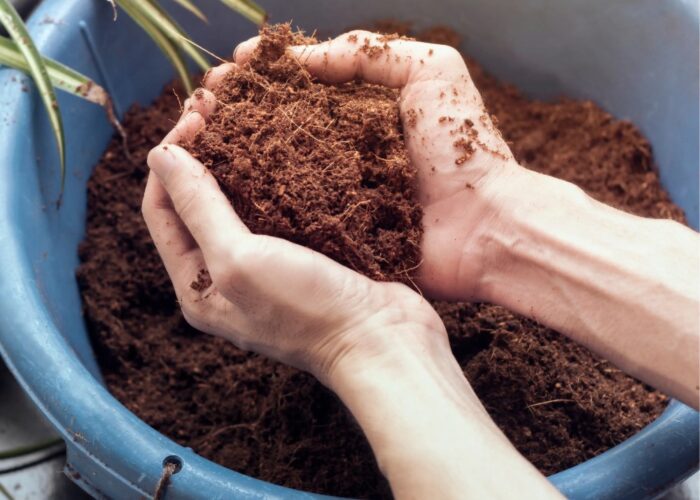
3.2 Preparing Plant Containers
Choosing a pot with adequate drainage holes to prevent waterlogging, which is essential even when using coco coir. Next, fill the pot with the prepared coco coir, making sure to leave enough space at the top for planting and watering.
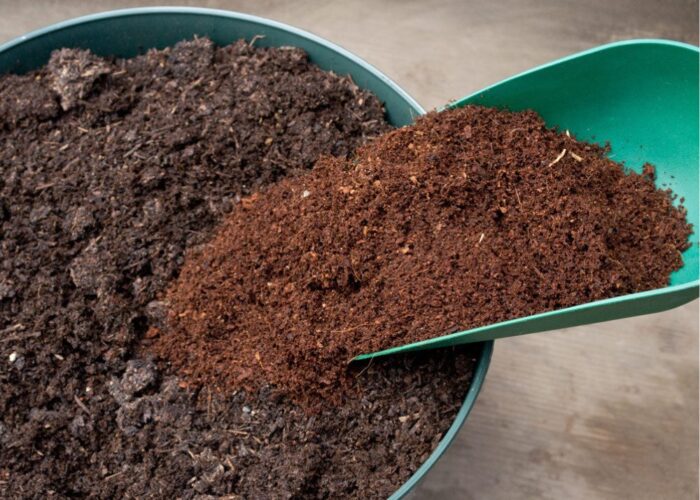
3.3 Planting
Place your houseplant in the pot, ensuring that the root ball is level with the top of the coco coir. Gently add more coir around the plant, pressing lightly to eliminate air pockets and secure the plant in place. After planting, water the plant thoroughly to help settle the coir around the roots. Since coco coir retains moisture well, be mindful of your plant’s specific watering needs to avoid overwatering.
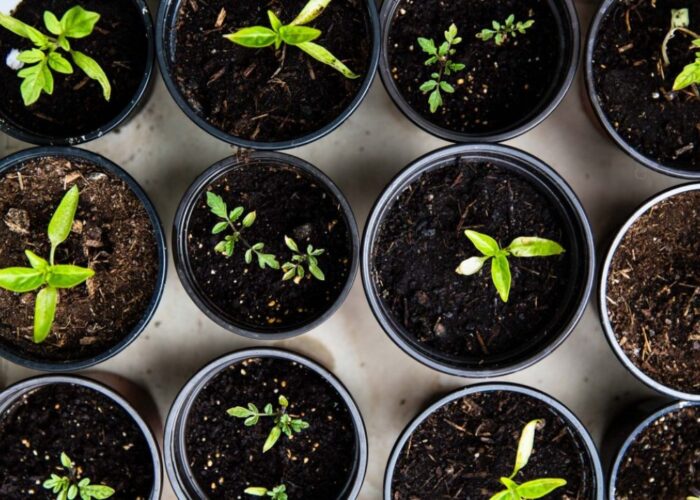
3.4 Ongoing Care
Regularly monitor the moisture levels of the coco coir. Its excellent moisture retention means you may not need to water as frequently. Ensure that the top layer of coir dries out slightly before re-watering. Since coco coir does not provide nutrients, you should add a balanced, water-soluble fertilizer to maintain plant health, adjusting according to the needs of your houseplants.
3.5 Maintenance
Periodically replenish the coco coir as it can break down over time. Refresh it by adding a layer of new coir or mixing in additional medium as needed. Additionally, check for salt build-up from fertilizers, which can accumulate in the coir. To address this, periodically flush the medium with water to remove any excess salts.
By following these steps, you can effectively use coco coir to create a thriving environment for your houseplants, benefiting from its excellent drainage, moisture retention, and sustainability.
4. FAQs
4.1 Can you plant directly into coco coir?
Yes, you can plant directly into coco coir. It is a versatile and effective growing medium that provides excellent drainage, aeration, and moisture retention. However, it’s important to ensure that the coir is properly prepared and hydrated before planting. For best results, you might mix coco coir with other mediums like perlite or compost, depending on the specific needs of your plants.
4.2 What are common problems growing in coco?
Common issues with growing in coco coir include salt build-up from fertilizers, which requires regular flushing, and the need for additional nutrients since coir lacks them. pH imbalances may occur and need monitoring and adjustment. Overwatering can still be a problem despite good drainage, so proper moisture levels must be maintained. Additionally, coco coir can decompose over time, reducing aeration, so refreshing or replacing the coir is necessary to keep growing conditions optimal.
4.3 Can you use coco coir for potted plants?
Yes, you can use coco coir for potted plants. It provides excellent drainage, aeration, and moisture retention, making it an effective medium for a wide range of potted plants. Just ensure that it is properly hydrated and, if needed, mixed with other mediums to meet the specific needs of your plants.
If you have any further questions, don’t hesitate to send thanhcongcraft an email us at info@thanhcongcraft.com or message us at WhatsApp: +84967485411. Hope to serve you soon! Best regard!


